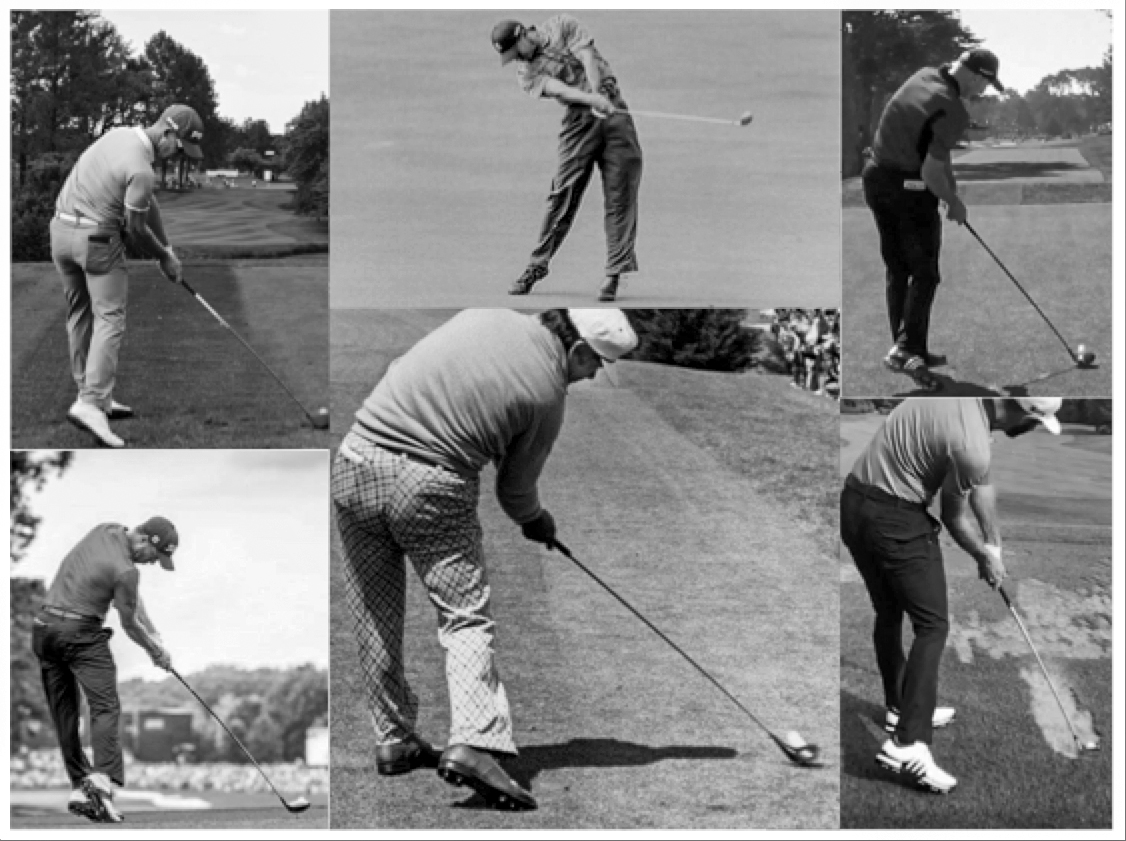Five years ago I thought I knew just about all there was to know about ball flight and teaching golf. Then I started using TrackMan and my, how very quickly my eyes were opened. I came to realize that I had a long way to go, not only in truly understanding ball flight, but in understanding golfers and what their tendencies might be.
I think it's important to understand that TrackMan will not teach anything - it is purely a measuring device. A tool that better allows the teacher to perform their job. It allows me to diagnose a golfer's problems more quickly and start making improvements without any doubt as to what is causing a golfer's poor shot pattern. Once the technology has helped me diagnose a problem I then start using it to inform me how my recommended changes are working - if at all. If those numbers are not improving I'll change my approach very quickly.
TrackMan has taught me so much about ball flight, but it has also opened my eyes to patterns that exist for almost all golfers. Here are a few nuggets that myself and fellow TrackMan users Martin Chuck, Jason Sutton, Tom Stickney have noticed over the years:
Strike Point:
- Where you strike the ball on the face plays a far bigger role in determining the flight of the shot than what was previously believed
- As a result heel and toe misses can lead people down a road of trying to fix something that isn't broken
Advice - Use Dr. Scholl's Odor X footspray to mark the face and get a better understanding of where you are striking the ball on the clubface.
Swing Appearance:
- The two dimensional appearance of the swing on video is not what determines the flight of the ball (Swing direction vs 3D club path)
- The look of a golf swing has very little to do with the message the clubhead relays to the golf ball
- Better players have to swing way more left than they often feel in order to hit predictable fades
- You do not have to roll your hands to hit draws
Advice - Don't get too caught up in the look. It's all about the physics at impact, so always go for function over form.
Angle of Attack:
- The angle of attack is hugely important in determining the shape, distance and trajectory of any shot
- Most golfers hit down too much while many of the best golfers tend to have a shallower strike on the ball
- A positive or upward angle of attack has a huge effect on tee shot distance for slower speed golfers
Advice - Almost all golfers should be working towards a shallower more "sweep-like" strike on the ball. With the driver you should learn to hit up as the gains are too great to ignore.
Shot Shape:
- The clubface is primarily responsible for the launch of any shot
- The loft of the face at impact (dynamic loft) will largely determine the launch angle of any shot
- On full swings the launch angle is often lower than you might expect it to be
- The clubpath is primarily responsible for the curvature of any shot
Advice - to hit draws (and most of us should) we need an in to out clubpath. To improve the launch you either need to change the loft of the club or improve the loft delivered at impact.
The Human Element:
- It is all too rare to meet a man who hits the ball as far as they think they do
- Or who swings the driver as fast as they think they do
- Mention clubspeed to any golfer, male or female, and there's a 95% chance the next swing will be faster
- While there are patterns, anything and everything is possible
Advice - check your ego at the door. You'll start shooting better scores when you plan to hit the ball the distance you're capable of hitting it.
TrackMan is a fanatstic tool - one that guides the teacher to what the problems are and then vets the quality of their solution. As a player I believe you will find it to be a feel machine. If you've had a first rate lesson you should leave with a clear understanding of what the problem was and the feel required to overcome it.
If you happen to be on Twitter please follow Martin Chuck, Jason Sutton and Tom Stickney - great guys, knowledgeable teachers and you won't regret it.
Thank you for reading and as always your thoughts and comments are appreciated.









